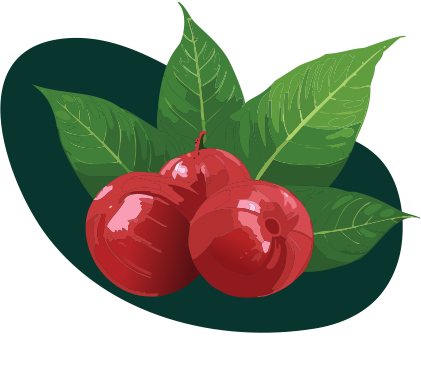PROCESSES

WASHED COFFEE
The washed coffee process, also known as the "wet method," is one of the most common techniques used in coffee production. This method focuses on removing the pulp from the coffee cherries before fermentation, resulting in a cleaner and brighter flavor profile. Washed coffee is highly valued in the specialty coffee world as it allows the unique qualities of each variety and region to be emphasized.
Characteristics:
Flavor: Washed coffee tends to have a cleaner, brighter, and more acidic profile compared to other processing methods. The notes can vary depending on the region but often feature a citrusy and fruity character.
Aroma: This method produces fresh and complex aromas, enhancing the natural characteristics of the bean.
Aroma: This method produces fresh and complex aromas, enhancing the natural characteristics of the bean.
HONEY COFFEE:
The process for obtaining "honey" coffee is a method that aims to preserve part of the mucilage of the coffee bean during fermentation and dehydration, resulting in a unique flavor profile with a sweeter and more complex texture. This method has gained popularity among specialty coffee producers looking to experiment and offer differentiated products in the market.
Characteristics:
Flavor: Honey-processed coffee often presents notes of sweetness, fruit, and balanced acidity, frequently with a fuller body. Depending on how much mucilage is retained, the flavor profile can vary significantly, allowing for a wide range of expressions in the coffee.
Aroma: The aroma of honey coffees is characteristically fruity, sweet, and floral, with complexities that vary depending on the region and variety of the bean. This aromatic profile captivates coffee lovers with its richness and diversity, offering a unique sensory experience.
Aroma: The aroma of honey coffees is characteristically fruity, sweet, and floral, with complexities that vary depending on the region and variety of the bean. This aromatic profile captivates coffee lovers with its richness and diversity, offering a unique sensory experience.


ANAEROBIC COFFEE
The anaerobic coffee process is an innovative fermentation method that involves depriving the beans of oxygen during fermentation. This process can highlight and amplify unique flavors, allowing producers to create complex and distinctive flavor profiles.
Characteristics:
Flavor: Coffee processed through the anaerobic method tends to showcase intense and complex notes, often with fruity, floral, and spicy characteristics. The absence of oxygen can modulate acidity and sweetness, creating a unique flavor profile. The anaerobic process can vary and be subjective to specific fermentation conditions, providing an opportunity for creativity in coffee production.
Aroma: Anaerobic coffee has an aroma marked by intense fruit, sweetness, and complexity. The controlled production environment allows for the development of unique aromatic profiles that can vary significantly between different varieties and regions. This process is increasingly attracting attention among baristas and coffee enthusiasts seeking innovative sensory experiences.
Aroma: Anaerobic coffee has an aroma marked by intense fruit, sweetness, and complexity. The controlled production environment allows for the development of unique aromatic profiles that can vary significantly between different varieties and regions. This process is increasingly attracting attention among baristas and coffee enthusiasts seeking innovative sensory experiences.
NATURAL COFFEE:
Also known as the "dry method," this is one of the oldest coffee processing techniques. It involves drying the whole coffee cherries without depulping them, allowing the bean to acquire flavors characteristic of the fruit. The natural process is appreciated in the specialty coffee world for the distinctive flavor profiles it can produce, although it may also be more susceptible to defects due to prolonged exposure to environmental conditions.
Characteristics:
Flavor: Natural coffee tends to be more fruity and sweet due to the fermentation of the mucilage and the prolonged contact between the fruit pulp and the bean. It has a more complex flavor profile, often with notes of ripe fruits, berries, and, in some cases, pronounced acidity.
Aroma: This processing method tends to preserve the fruit's aromas, resulting in a brew with intense fragrances.
Aroma: This processing method tends to preserve the fruit's aromas, resulting in a brew with intense fragrances.

